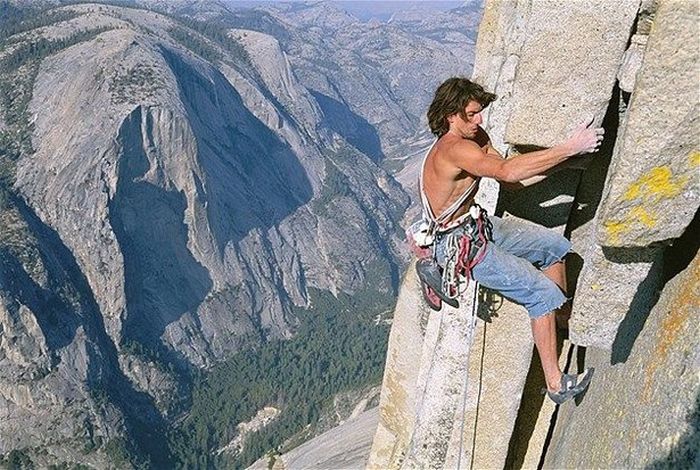|
|
Rock Climbing Photography
|
• Free soloing (not to be confused with free climbing) is single-person climbing without the use of any rope or protection system whatsoever. If a fall occurs and the climber is not over water (as in the case of deep water soloing), the climber is likely to be killed or seriously injured. Though technically similar to bouldering, free solo climbing typically refers to routes that are far taller and/or far more lethal than bouldering. The term "highball" is used to refer to climbing on the boundary between soloing and bouldering, where what is usually climbed as a boulder problem may be high enough for a fall to cause serious injury and hence could also be considered to be a free solo.
• Indoor climbing – Permits climbing in all types of weather and at all times of day. Used for improving climbing skills and techniques.
• Deep-water soloing – Similar to free soloing in that the climber is unprotected and without a rope, but different in that if the climber falls, it is into deep water instead of on to the ground.
• Rope soloing – Solo climbing with a rope secured at the beginning of the climb allowing a climber to self-belay as they advance. Once the pitch is completed the soloist must descend the rope to retrieve their gear, and then reclimb the pitch. This form of climbing can be conducted free or as a form of aid climbing.
|
|









